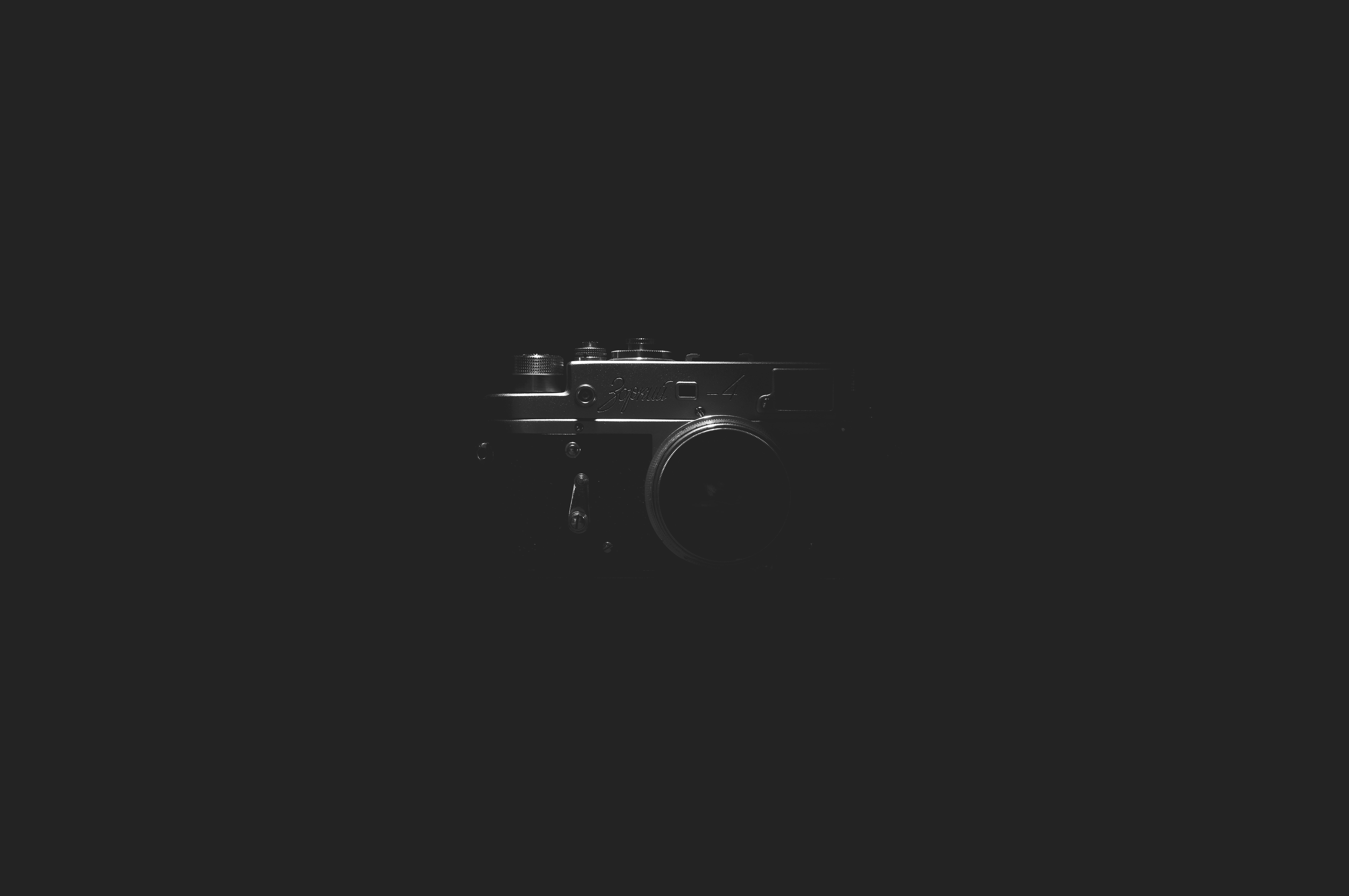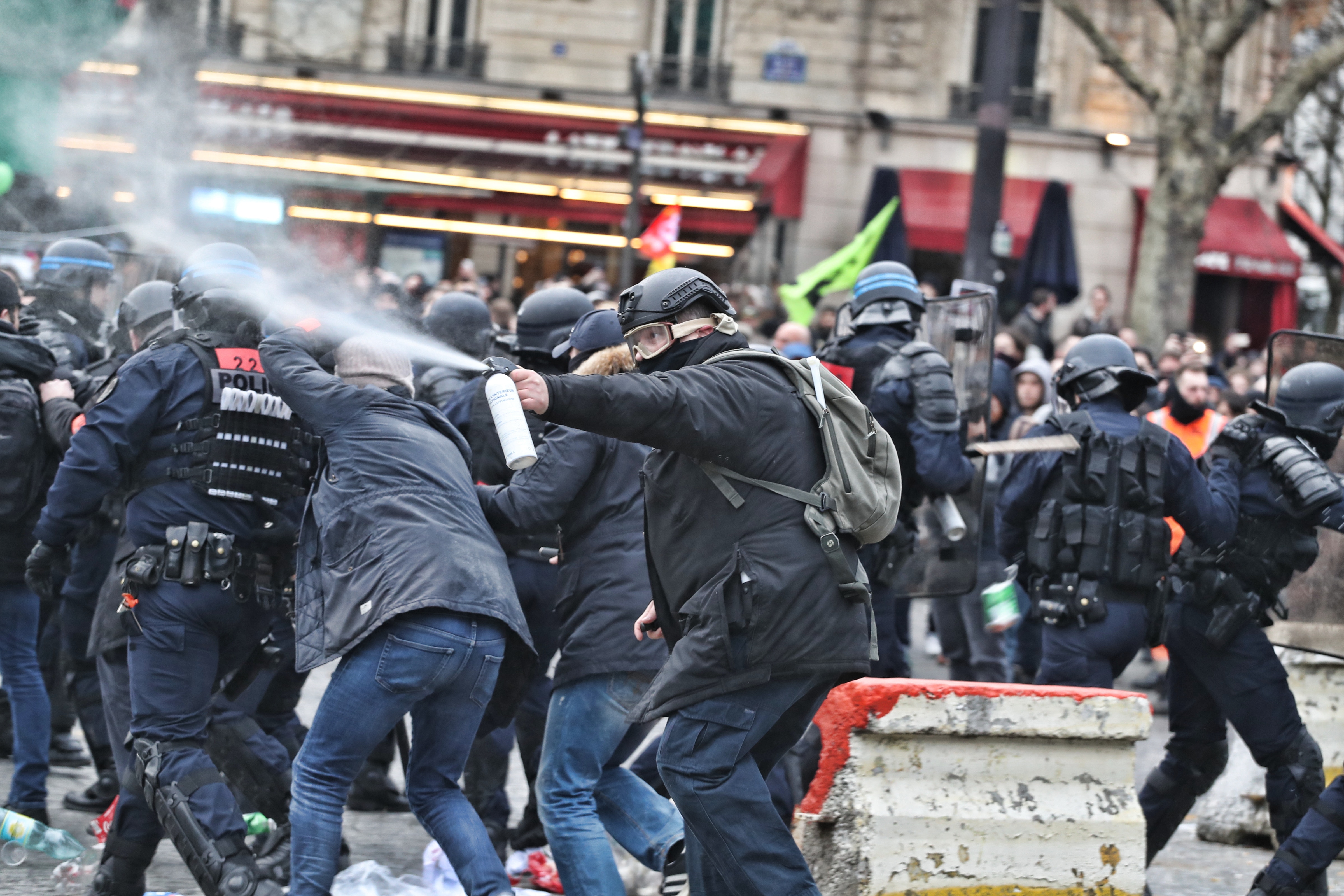Besides the obvious difference between regular Point and Shoot cameras and DSLRs (the ability of interchanging lenses and exposing light manually), there is something else that makes DSLR cameras more powerful and that thing is RAW files. When I was starting to learn about photography, one photographer told me that DSLR cameras allow their users to capture images in RAW files, and of course, I didn't know what that was. So let's go over it.

My first encounter with RAW files was when I got my first DSLR camera, but I wasn't aware of the power these files had back then. All I knew was that I could change white balance after taking the shot, and that was it.
Basically a RAW file is the equivalent of a negative from the film era. It is a crude file filled with information that allows photographers to develop pretty much everything that makes a finished digital image.
That sounds great, but why do photographers bother with building the image after being downloaded to a computer if JPEG files already look great? Well, that's why I want to talk today about the situations in which you should decide between RAW files and JPEG images.
When to shoot in RAW?
RAW files are a great option for photographers that want to have absolute control of their images because they need to be developed after the shot is made. Choosing to shoot in RAW files is a great option pretty much for any picture, but you'll have to run the files through a RAW developing software like Adobe Lightroom or Phase One Capture One Pro. You can also choose the Adobe Camera Raw plug-in to develop them within Photoshop, or you can download your camera's software as well.
RAW files consume a lot of storage space, but that is a good thing depending on how you look at it. By having storage limitations you will be forced to take fewer images but more intelligent photographs, which is a great thing. If you want to hack the process a bit, you can always go back in time and shoot for a while with an analog camera. They are great tools for learning about how to shoot fewer but better photographs thanks to its limitations.
When to shoot directly in JPEG?

JPEG come handy when you need to deliver images fast, right from the camera. If you are in the hurry for sharing or delivering pictures for an assignment, shooting in JPEG can be a great solution for you because it's faster than developing each image alone. You will usually notice that most camera can shoot in jpg faster than in raw – this is the reason that even today, many sports and action shooters still choose to shoot in jpg. This will probably change as technology gets better, but we're not quite there yet.
Hey, there is a RAW+JPEG option in my camera
Yup, you can shoot in both formats simultaneously, and that is the way I choose to work because JPEGs are a crucial part of my workflow because they allow me to select keepers fast. The only downside is that with my camera every shot takes up to ~50mb of storage when adding both files.
RAW files are the prime input for post-processing or editing, and it makes perhaps the 50% of the final image. Back in the old days many photographers made the whole thing, from taking the image, pulling out the negatives in a safe and viewable way to the final prints. RAW developing is just like that, it is the other part of the process after taking the photograph, and is a very fun thing to do. Lightroom and Capture One allow photographers to work in badges, and that reduces time, and enhances visual consistency as well.
As for what to do with your raw files when you have them, well, this is what you will want to consider.







5 Comments
Great post. For a lot of people the debate about raw vs. jpeg is only making them more lost than helping them, simply because they don’t understand the differences, downsides, and strengths of raw vs. jpeg. Tony Northrup is one of the few I have seen so far, besides you in this post, who really has tried to explain the differences and when to use either of them, in an easily understandable way.
So thanks for the post, which manage to sum up the subject in a short and easy to understand way.
Thanks a lot Mate, and I’m really glad that I managed to make things easy to digest.
I can’t think of any reason to shoot JPEG. Storage space is not an issue—either For memory cards or on your computer. And, even if you are in a big hurry, converting RAW to JPEG without applying any custom changes is a fast process. In truly rapid delivery scenarios (e.g., Olympics), photos are immediately uploaded to a server farm and rapidly processed. In other words, always shoot RAW.
Buffer speed when you’re shooting actions would be the main one. That is getting to be less and less of an issue though.
ok ….so I just started shooting in raw format and have a few questions …..
Why would storage space be an issue? For example …..if I take 100 shots at 30 mb per in raw I will edit down to and use say 25. After processing the 25 I convert to JPG compressed to 9 mb per. I then discard the other 75. So for me and the way I work size is not an issue.
Do I have that right?
Also …..
Why does everyone say shoot in raw and process in Adobe or Lightroom. I process in an app called “Photomatix” and finish in my photo organizer called “ACDSee” ……then convert the TIFF to JPG there. Does this also make sense?
Your reply would be very helpful ……thanks!